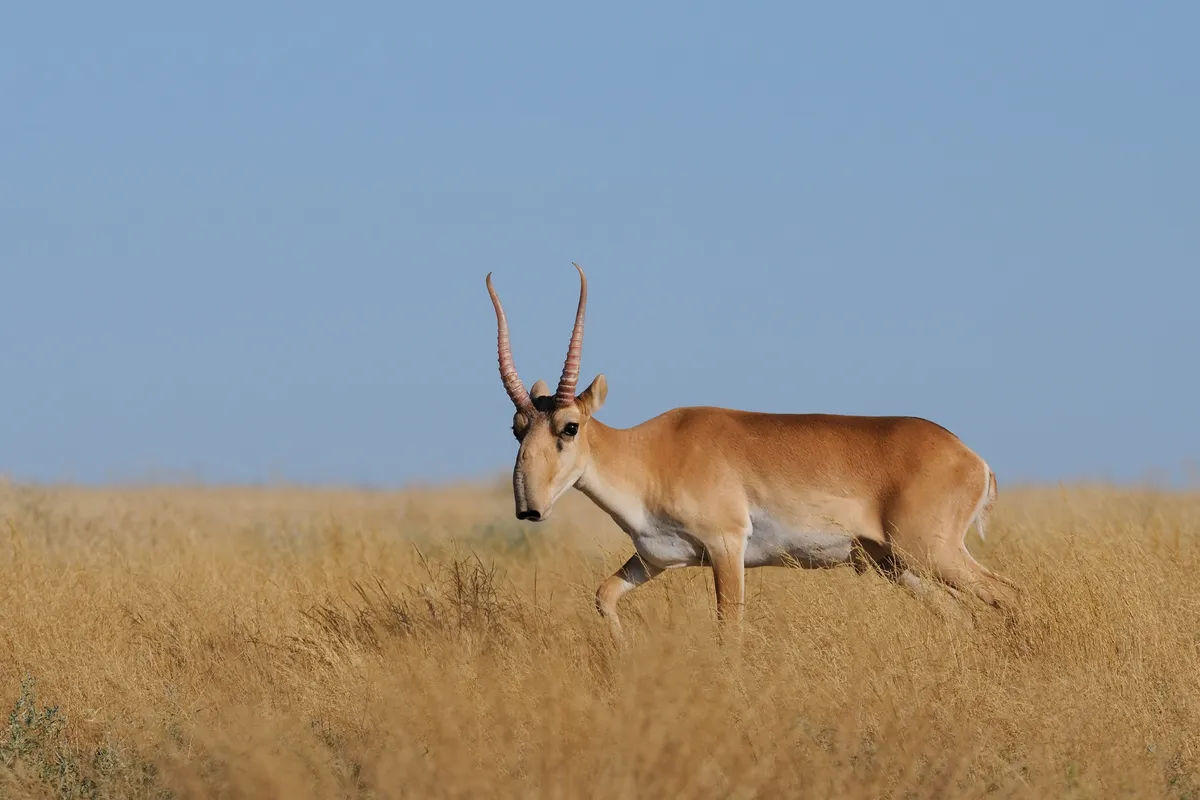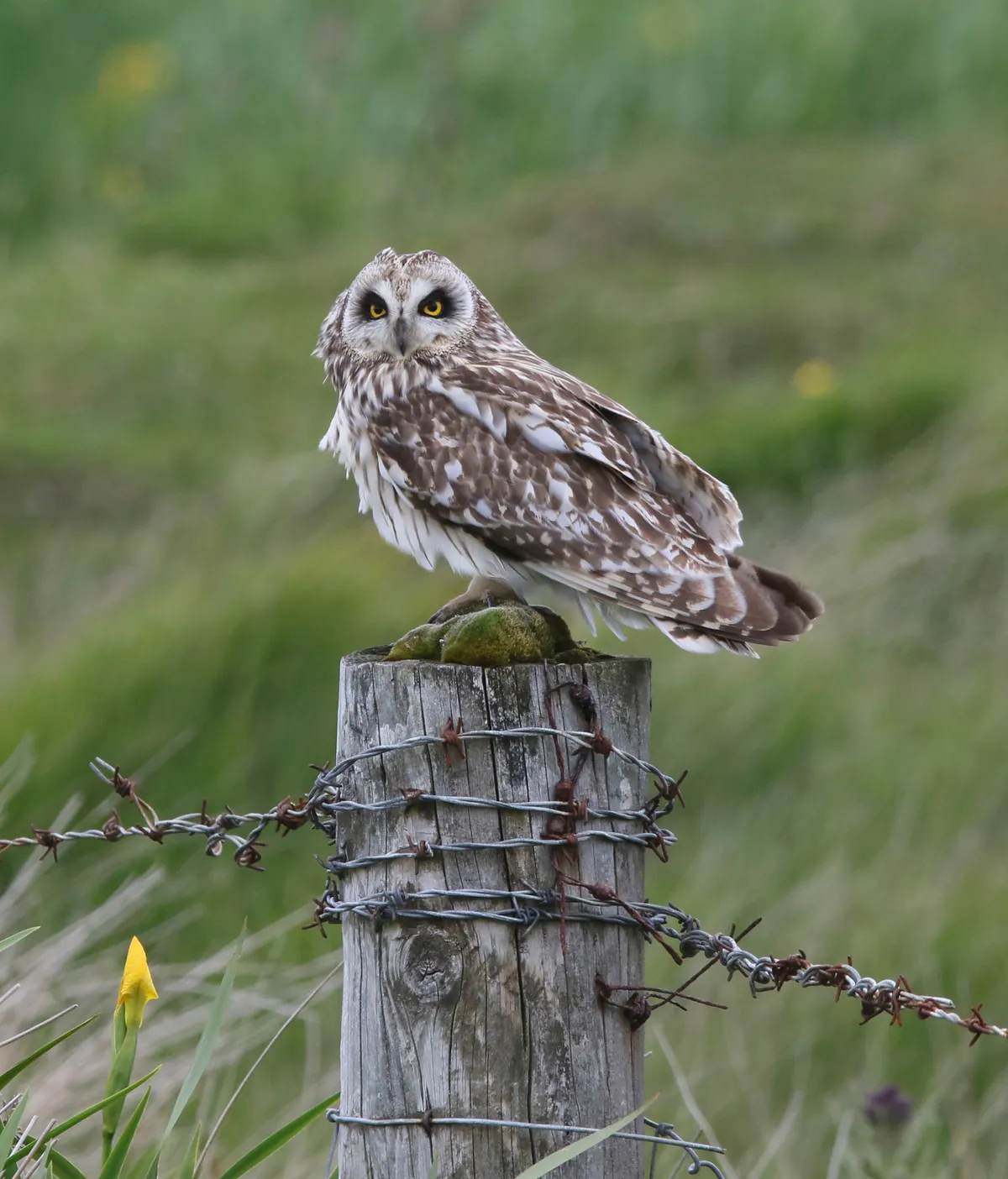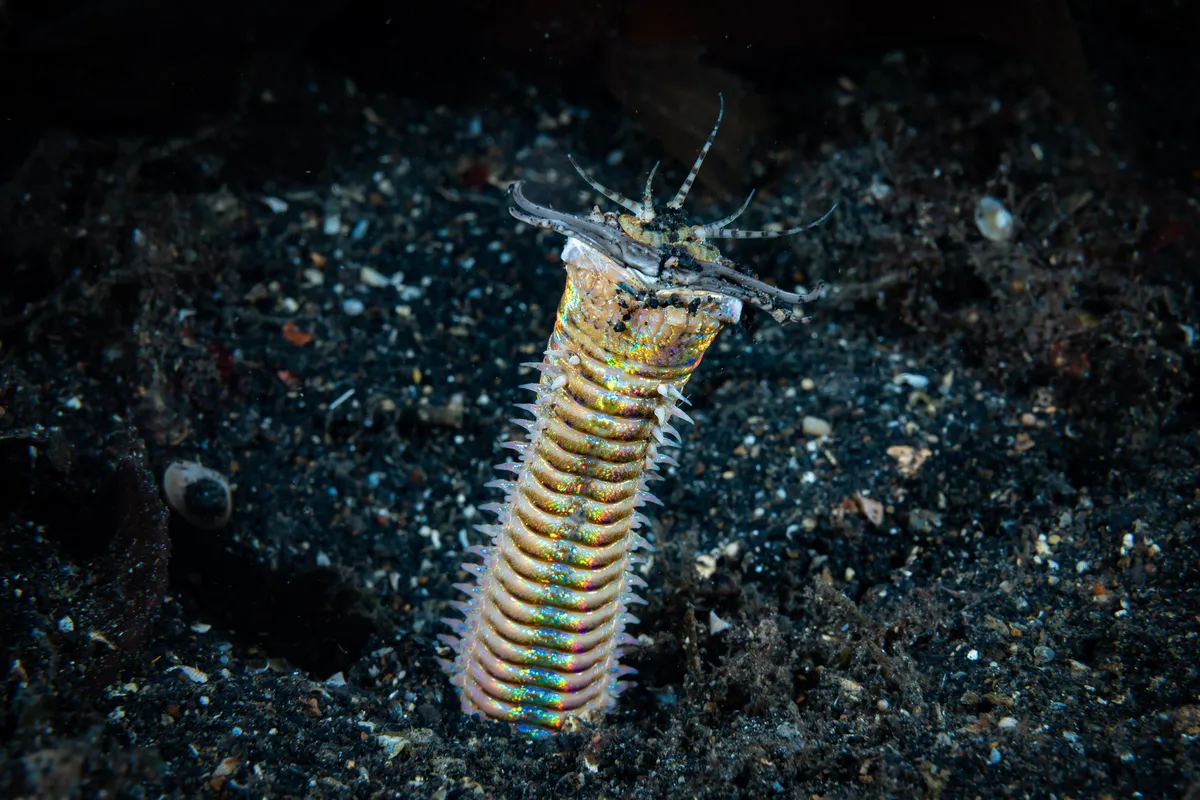From the prehistoric looking shoebill to the majestic snow leopard, here are 12 animals starting with the letter 'S'
12 animals starting with the letter 'S'
Snow leopard
Described as “ghosts of the mountain”, snow leopards are elusive cats found in the mountainous regions of 12 countries in central and South Asia and are one of the rarest cats in the world. Although they are part of the Panthera genus alongside lion, tiger, jaguar and leopard, they are the only genus member to be unable to purr.
Swallowtail butterfly

One of the UK’s largest and most spectacular butterflies, the swallowtail found in the UK is a subspecies of the continental species and is restricted to Norfolk where it feeds only on milk parsley.
Shrill carder bee

Once found throughout southern Britain, the shrill carder bee is now a very scarce bumblebee in the UK, which is limited to just a few – and unfortunately isolated – locations in England and Wales. The name ‘shrill’ comes from its high-pitched buzzing.
Shoebill

An intimidating sight, the shoebill has the third largest bird beak in the world and can grow the size of a (small) human – up to 1.5 metres high - and is definitely one of the world's weirdest birds. It is an ambush predator and mainly eats catfish, but is known to catch eels and reptiles too. Or if it’s a chick, possibly one of its younger siblings.
Saiga antelope

One of the world's weirdest animals the saiga antelope has an unusual appearance, with its bulbous nose. The species roamed the steppes of central Asia in huge herds until humans almost hunted it to extinction in the 19th century. Recovery was impeded by poaching in the 1990s, and then diseases in 2015 and 2017 which called mass mortality events.
Smooth snake

The smooth snake is the UK’s rarest native terrestrial reptile, with populations in Dorset, Hampshire and Surrey, where it is limited to sandy heathland. It only grows up to 70cm in length, a little longer than the adder and much smaller than the maximum length of the grass snake.
Sun bear
Found in the forests and shrublands of Southeast Asia, the sun bear is the smallest extant bear species – only half the size of an American black bear. It is named for the yellow-orange markings on its chest, which is unique in each individual.
Short-eared owl

The short-eared owl (often referred to as a ‘shortie’ by birders) and the long-eared owl are the only native members of the ‘eared’ owls Asio genus, though the tufts or ‘ears’ of the short-eared owl are hard to actually spot.
Sand striker

Also known as the bobbit worm, the sand striker has a pretty glittering body and a monstrous head of sharp jaws that can split a fish in half. One of the world's weirdest sea creatures, it growing up to ten feet in length and lurks in its burrow during the day, partially emerging at night to lunge at potential prey.
Song thrush
Once more abundant than its cousin the blackbird, the song thrush is still a well-known bird of gardens and the countryside, thanks to its amazing song. It is also famous for preying on snails, hold one in its beak and smashing it against stone (or tarmac) to break open the shell.
Sheep
There are more than 90 different breeds of sheep in the UK, all with their own characteristics, appearance and habits.
Seal
Seals are not called ‘dogs of the sea’ for nothing. Their faces especially have a canine quality about them.
Their terrestrial ancestors were actually closer to weasels, otters, skunks and racoons than to dogs, but pinnipeds do sit squarely amongst the Carnivora, the order of mammals that contains cats, dogs, bears and other predators.